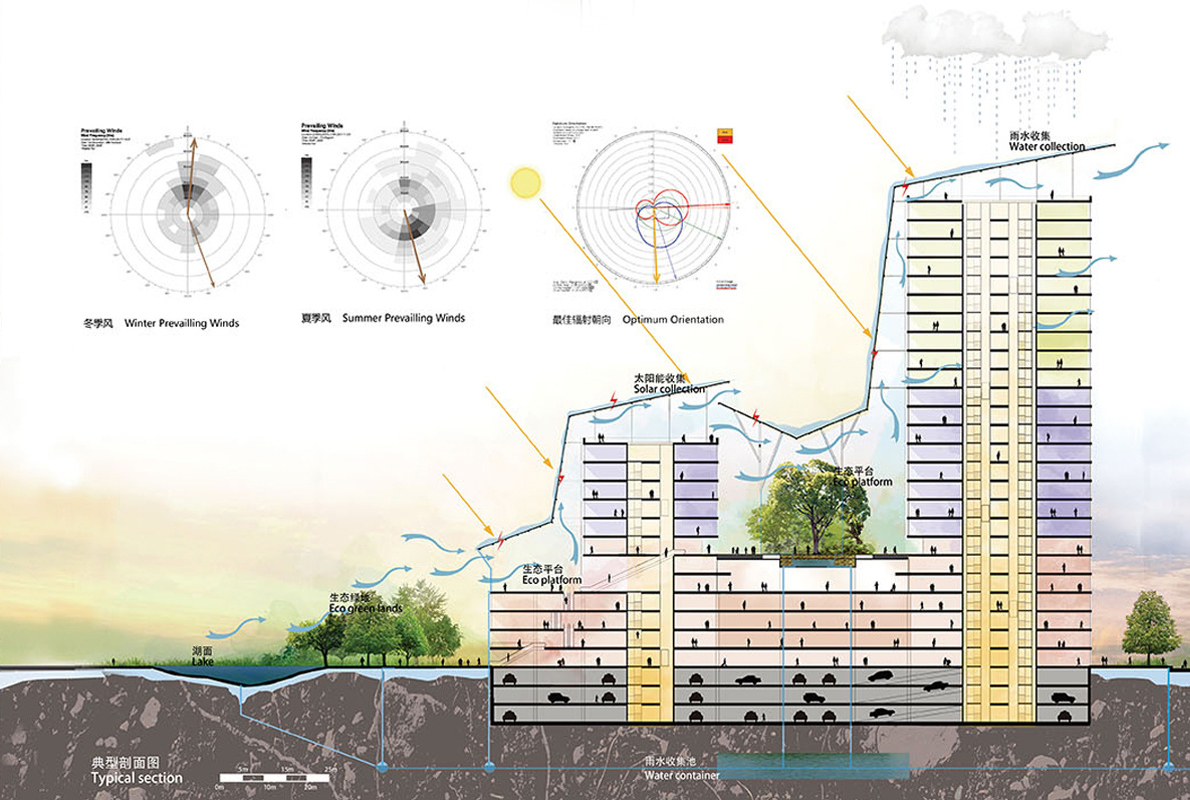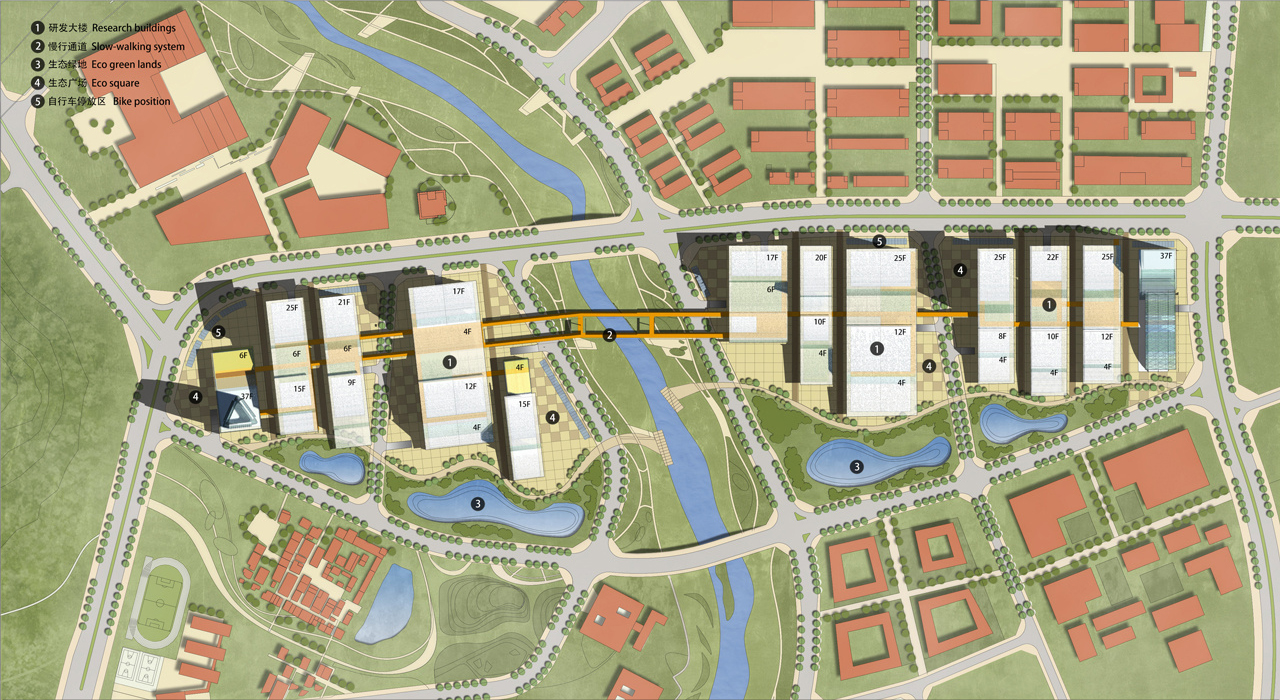APPLIED RESEARCH
Pingdi 1.1:
Alternatives for a Low Carbon Architecture
2015 – 2016
The submission for the “PINGDI 1.1: Alternatives for Low Carbon Architecture” competition was organized composing a research group involving both PhD and Master Students of the South China University of Technology and Polytechnic of Turin. The target of the competition was the creation of both strategies and design solutions for a new comprehensive Low Carbon area located in the Longgang District of the city of Shenzhen.


CREDITS:
Leading University: Politecnico di Torino (DAD + China Room research group)
Partner Institutions: South China University of Technology
Clients: Shenzhen ILCC Planning & Construction Leaders Office
Principal Investigators: Michele Bonino, and Sun Yi Min
Architectural Design: Mauro Berta, Edoardo Bruno, Giaime Botti, Valeria Federighi, Thuy Duong Nguyen, Dai Wei, and Xue Zou.
Advisory Board: Gustavo Ambrosini, Alessandro Armando, and Giovanni Durbiano.


The poor built environment of the site, due to a fast urbanization and polluted industrialization during the last 20 years, necessitated to be improved by a new way on intending productive and residential spaces in an eco-oriented agglomeration.
The solutions provides by the project intend to mix the traditional pattern of the Cantonese corridors, that juxtaposing different blocks side by side along the main wind flows it’s possible mitigate the high temperature of the tropical climate, and a multifunctional distribution enhancing neighbourhood mobility as key strategy for sustainability.
The new District produce renewable resources not thanks to a merely technological upgrading of the buildings, but preferring all the area actively involved. Following this principle the public space was enriched by design solutions that ask the people to improve their action in an ecological environment. At the same time all the main natural resources, (wind, water, soil and solar contribution) were managed on all the surfaces of the project, in order to recycle the most energy derivable.
The strong image of the buildings, covered by a thin multifaceted glass carpet, was designed both directing the natural ventilation on the facades both providing covered areas to the walkways disposed on different levels. In this way the project wants to show how it’s possible to intend sustainable architecture not a simple technological improvement, but a methodology that incorporating social interactions and a strict control over natural resources could directly effect a specific spatial organization.





